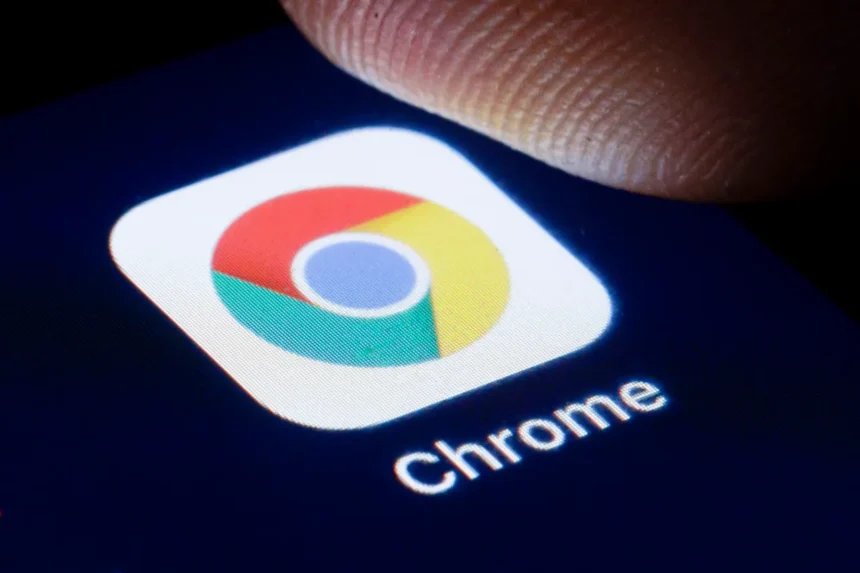Google Chrome is doubling down on making its browser more versatile by ensuring your tab groups and recently opened tabs are accessible across all your devices. This update aims to make your browsing experience smoother and more connected, no matter where or how you’re using Chrome.
In an exciting new development, Chrome is bringing tab groups to iOS devices. This means iPhone and iPad users will soon be able to organize their browsing just like on the desktop and Android. In the Chrome app, you’ll be able to long-press on any tab from the tab switcher view to either create a new tab group or add it to an existing group. Plus, you can assign color codes to these groups, making it even easier to distinguish between work, personal projects, or whatever else you’re juggling online. Chrome introduced tab grouping to desktop in 2020, followed by Android, and now with iOS, Google is catching up to rivals like Safari, which already offers similar functionality.
The big news? Google isn’t just stopping at adding tab groups to iOS. Soon, these tab groups will sync seamlessly across devices. This could be a game-changer for multitaskers and those who frequently switch between their desktop and mobile devices. Imagine you’re planning a trip, researching hotels and activities on your laptop. When it’s time to head out, all those tabs will be waiting for you on your phone or iPad. Or maybe you’ve bookmarked some quick 15-minute dinner recipes on your desktop, and now you can easily pull them up on your phone while you’re in the kitchen.
But that’s not all. Google is also experimenting with a feature designed to make switching between devices even more intuitive. Ever been in the middle of reading an article on your computer, only to realize you need to leave and continue on your phone? We’ve all been there. Often, you either have to scramble to remember the URL or search your history to find that open tab. Google wants to take that hassle out of the equation with a new “continue with this tab” feature. If you’ve got an open tab on your desktop, Chrome will proactively suggest it when you open the browser on another device. For instance, if you’re reading a long article on your computer but need to head out for an appointment, Chrome will make it easy to pick up where you left off on your mobile device.
Both of these new features—tab group syncing and URL suggestions—are still in the works. While they sound promising, it remains to be seen how well the handoff between devices will work in real-world scenarios. Will it be as seamless as promised, or will there be hiccups along the way? We’ll have to wait for the official rollout to find out.
Chrome’s efforts to improve cross-device accessibility reflect Google’s broader goal of creating a more connected and user-friendly browsing experience. With competitors like Safari and Edge continuously upping their game, these features will help Chrome stay at the forefront of innovation, ensuring users can always access their online world without missing a beat.










